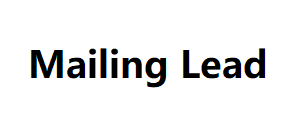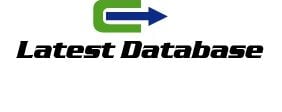A frustrating part of SEO is doing the same things over and over again, but that’s where automation comes in. SEO automation is the process of using software to perform repetitive SEO activities you previously did manually, saving you time to work on SEO strategy and execution. In this article, I will show you nine automated SEO tasks you can quickly implement. 1. Creating SEO reports Looker Studio (formerly Google Data Studio) is frequently used by SEOs and agencies to automate SEO reporting. The main benefits lie in getting data over any desired time frame right away and being able to display it in one complete dashboard.
Most SEOs pull data
For reports from multiple sources (e.g., Google Search Console, Google Analytics, and Ahrefs). So having it all connected to your Looker Studio is company data incredibly convenient. There could be a steep learning curve, but the time spent on learning this will pay off in the long run when you don’t need to put together the reports manually. Click through the following links to learn more about Looker Studio and its Ahrefs, Google Analytics, and Search Console connectors. 2. Getting alerts on traffic dips and spikes You can automate alerts to notify you or your clients when their website traffic dips or spikes.
SEO Automation to start
Using Looker Studio to automate your whole SEO reporting? You can still get important SEO data delivered to you regularly, such as keyword tracking. It’s easy. Open up Ahrefs’ Rank Mailing Lead Tracker and list the keywords you want to track. You can track this in multiple locations and add tags for segmentation. There’s advice everywhere telling you to update, refresh, or rewrite your older content regularly. But which pages should you update or completely rewrite? After installing the Ahrefs SEO WordPress plugin and running the content audit. You can view underperforming pages and the suggested action.







